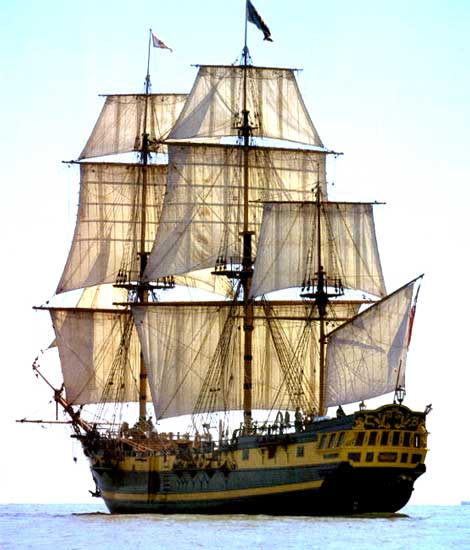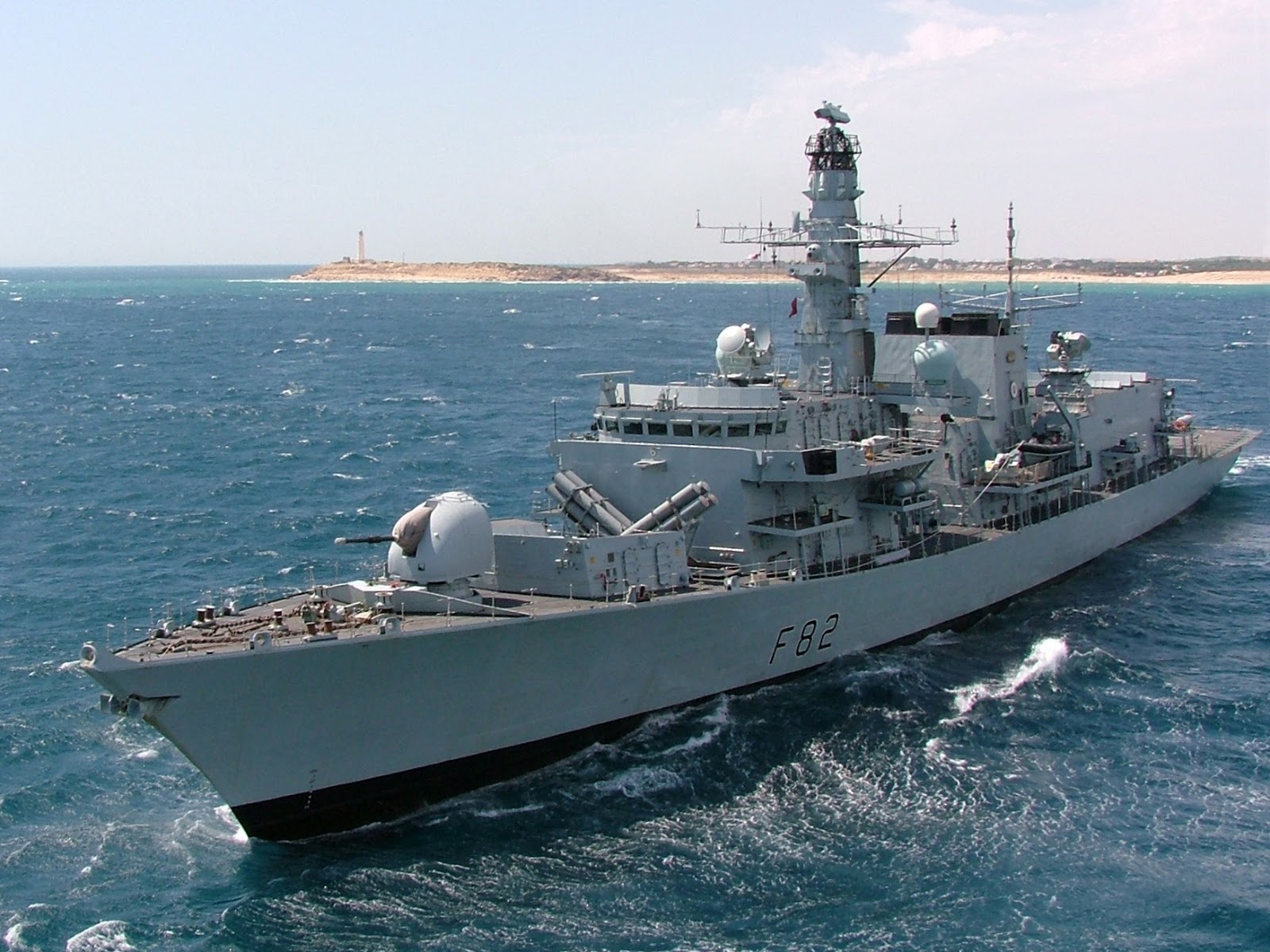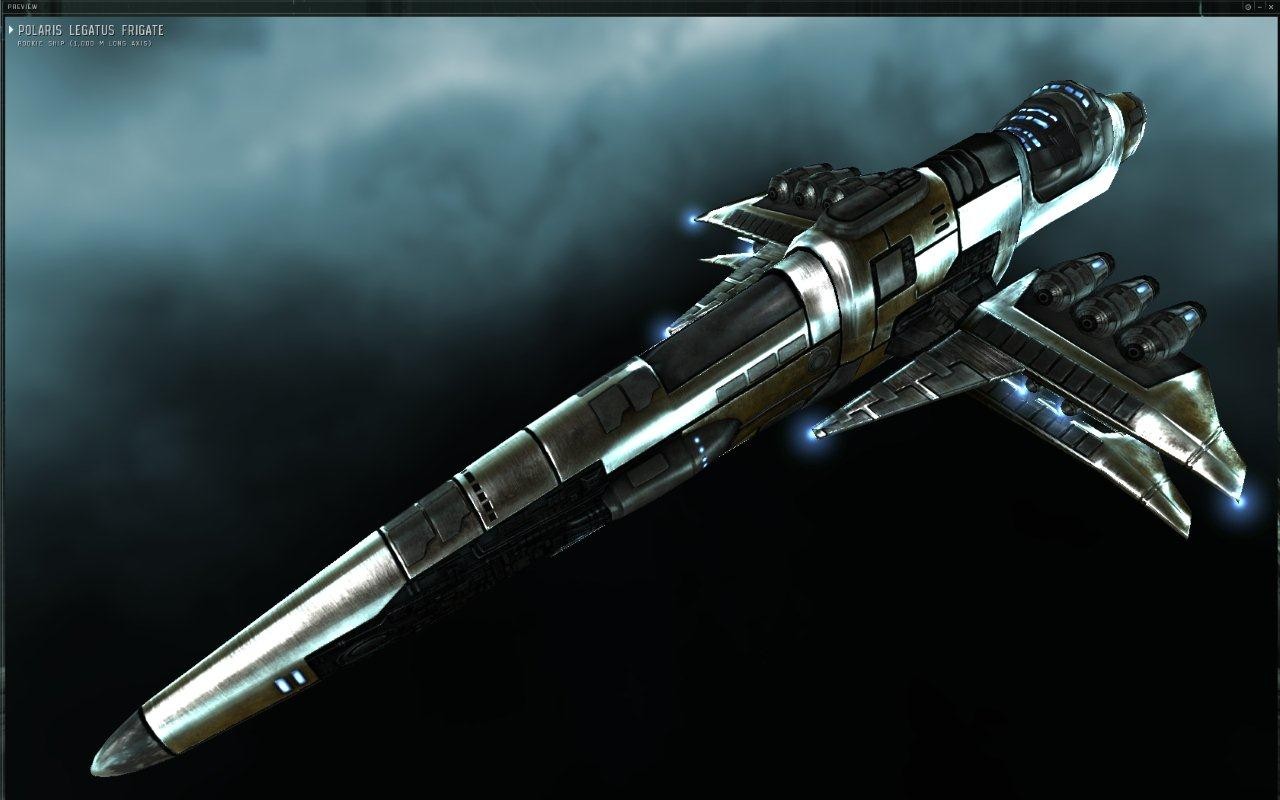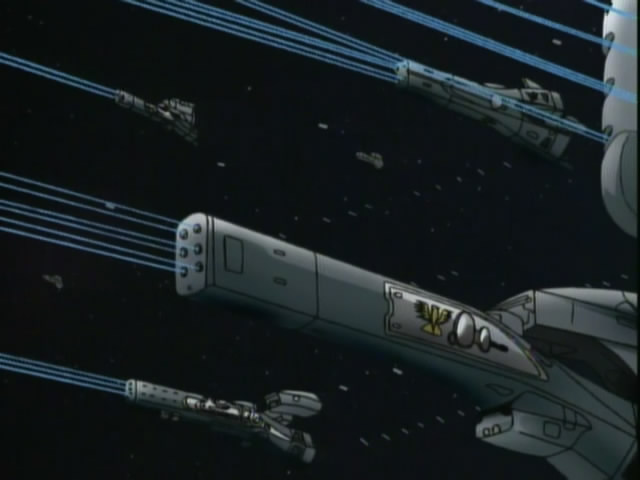
"Ships of the Line: Frigates" Topic
5 Posts
All members in good standing are free to post here. Opinions expressed here are solely those of the posters, and have not been cleared with nor are they endorsed by The Miniatures Page.
Please be courteous toward your fellow TMP members.
For more information, see the TMP FAQ.
Back to the Modern Naval Discussion (1946 to 2013) Message Board Back to the Age of Sail Message Board Back to the SF Discussion Message Board
Areas of InterestRenaissance
18th Century
Napoleonic
19th Century
Modern
Science Fiction
Featured Hobby News Article
Featured Link
Featured Ruleset
Featured Showcase Article
Featured Workbench Article wodger  begins his series on how to paint a 15mm DBA army well, in a reasonable time frame. begins his series on how to paint a 15mm DBA army well, in a reasonable time frame.
Current Poll
|
| Tango01 | 15 Sep 2020 3:34 p.m. PST |
"One of the oldest and continuously used classifications for surface warships is the Frigate, and it goes all the way back to the Age of Sail. However, the name "Frigate" is often confused and contextual based on the time period in discussion. The Age of Sail Frigates and the Post-WWII Frigates are entirely different. This traditional classification of naval warships has also made out into the ranks of combat starships seen in works like Mass Effect, Old Man's War, and Star Trek. Here, in the next installment of Ships of the Line, FWS will breakdown the Frigate of past, present, and future. The term "Frigate" is one of the most historical and longest used in surface warships going all the way back to the 15th century; it is also one of the most confusing terms as well. Originally, the term "Frigate" was primarily used to describe a fast warship in the days of sails and broadsides of cannons. The origin of the name is unknown and could be a bastardization of Latin or Greek naval terminology. These early Frigates were constructed for the purpose of speed and maneuverability, not for massive exchanges of cannon fire. One of the matters not helping the confusion over the use of the terminology of this naval classification is that not all ships carrying the name Frigate are true Frigates in the same sense as others. The first types of these warships were developed by Dunkirker Privateers around the early 16th century, who were employed by the Spanish government to raid Dutch shipping. With the success of the Dunkirkers and their ships, the Dutch constructed their own fast warships to counter the threat posed by the Dunkirkers. These fast, sail-only warships impacted naval design. The Dutch became one of the key naval powers to use the Frigate extensively by the 17th century. By the time of the Napoleonic Wars, the Royal British Navy was constructing and fielding Frigates improved from captured French designs, in peacetime to protect its global holdings. This made the Frigates of the Royal Navy the ships that saw the most action, consequently, they had the most experienced crews. Assignment to an Frigate was seen as a fast track to promotion in the Royal Navy. The Frigates of this era were heavily romanticized and desired, as seen in the Master & Commander series of books and the 2003 film. Frigates were seen by the British and the French Naval commanders as a way to field warships that were very effective general warships, while conserving wood and metal resources. One of the more famous Frigates from the Age of Sail is the "Super-Frigate" USS Constitution. These American heavy or super Frigates were outfitted with 44 cannons, and caused panic in European naval circles. The Age of Sail Frigates were the most popular of sailing warships due to their mission flexibility, less taxing on resources and manpower, long-range, able to operate independently, and were often manned by the best of the navies. When the world of naval seapower switched locomotion from sail to steam in the 19th century, the Frigates were some of the first iron warships to be developed and fielded, and where called "Armored Frigates". However, by late the 19th century, the term "Frigate" on the way out, replaced by the cruiser and the battleship…"




Main page
link
Amicalement
Armand
|
| Zyphyr | 16 Sep 2020 4:29 p.m. PST |
While that article does contain good information, it could really use a pass from a competent editor. The frequency of major grammar errors was painful. |
| Tango01 | 17 Sep 2020 11:14 a.m. PST |
Glad you like it my friend! (smile) Agree!…still an interesting reading….
Amicalement
Armand
|
| Sargonarhes | 01 Oct 2020 4:22 p.m. PST |
Those last ships were from Legend of the Galactic Heroes, and every one knows those as Imperial battleships, not frigates.
Come to think of it, there are no frigates in LoGH. The smallest ships are the destroyers which work on the fringes of fleets and chuck loads of missiles at cruisers and battleships. A more notable ship in LoGH was something called a fast battleship, Admiral Bittenfeld's fleet the Black Lancers is made entirely of fast battleships |
| Tango01 | 02 Oct 2020 3:15 p.m. PST |
Thanks!.
Amicalement
Armand
|
|

